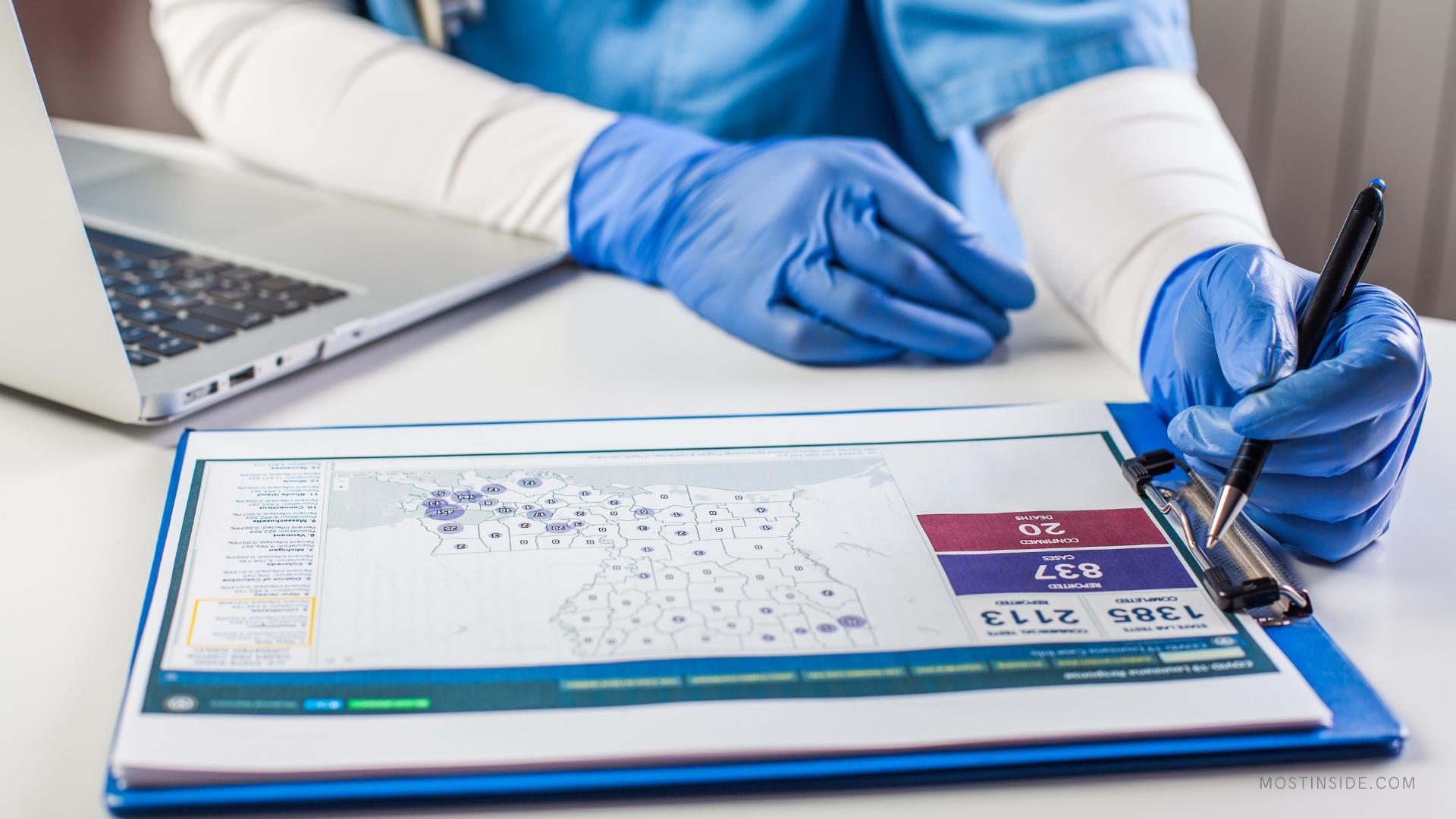How A CRF System Impacts Clinical Trial Outcomes

A case report form (CRF) system is pivotal in any clinical trial. It’s the principal means of capturing and recording data from a patient during a clinical research study. Clinicians use the information generated by the CRF system to understand how the drugs tested in each trial are affecting their patients. This information also helps them determine whether or not these drugs will be effective on a broader scale when they get approval for public use.
An error-free CRF system is an integral part of any successful clinical trial, as this will provide clinicians with accurate and reliable data regarding their study results. Yet how does the CRF system impact clinical trial outcomes? This post will help you with that.
Contents
Toggle1. Rapid Reporting Of Safety Data
The safety of study participants is a top priority for all clinical trial sponsors, and timely reporting of adverse events and serious adverse events is one of the best ways to protect your patients.
Although a paper-based system may allow you to manage your clinical data and report patient safety information, it also presents many challenges, such as lost or illegible forms and delayed data entry. There’s also the issue of annotations like the one seen in https://www.formedix.com/the-challenges-of-creating-crf-annotations-and-how-to-overcome-them/, which can be settled.
The truth is that a modern CRF system integrated with an adverse event reporting solution can help eliminate any issue by automating the collection and reporting of patient safety information.
2. Easy Tracking Of Site Activity
A CRF system can provide real-time data access to data entry progress, allowing researchers to monitor the progress of the clinical trial well. Knowing how many patients are enrolled and how many are still waiting for screening visits gives an idea of what it will take to complete the study successfully. This can be useful in deciding whether or not additional resources are required or if there may be any issues at the site that need to be addressed.
3. Improved Subject Adherence
A CRF system improves subject adherence; you must first understand why it’s essential. Adherence describes how a patient follows their prescribed treatment plan. The system helps subjects adhere to their dosage schedule and other protocols by providing flexibility.
Failure to follow the protocol, including missing appointments or doses of study medications, can have severe consequences for the patient and your data collection. Non-adherence can cause:
- Risk of side effects if insufficient drug levels are present
- Blurred lines between efficacy and adverse events, leading to biased results

4. Better Quality Data
CRFs are the primary data collection tool in clinical research, and when it comes to the accuracy and integrity of that data, there’s no room for error. As any clinical researcher will tell you, the quality and governance of your trial’s data are of utmost importance for several reasons:
- It’s what determines whether or not your results are statistically significant.
- It ensures you can confidently identify adverse events and demonstrate causal relationships.
- It’s what regulators scrutinize when considering your application for approval.
- It determines how confident partners are in investing in or acquiring your company.
A sound CRF system positively impacts clinical trial management, from patient safety to site monitoring to study management. This ultimately leads to faster time to market and better clinical outcomes.
5. Better Subject Retention And Dropout Rates
The reasons for subject dropouts are multifarious, and most of them are avoidable. The most common of these is the lack of subject adherence to protocol. Subjects who do not adhere to the protocol are more likely to drop out because they do not see results in a timely fashion. This ultimately results in less collection of data, negatively impacting trial outcomes.
A well-defined CRF system that includes subject retention indicators helps ensure maximum engagement as part of your clinical trial management strategy. When subjects understand precisely what they need to do and why they need to do it, they’ll be more likely to follow the rules and return for scheduled visits.
6. Increased Data Accuracy
A CRF system can also reduce data entry errors by limiting the number of personnel who access the database. Data are entered only once into a central, unified database, eliminating duplicate entries and the need for subsequent data reconciliation.
A CRF system can reduce or eliminate queries made to site staff for missing or unclear data by providing prompts to ensure all fields are filled out. The use of standardized drop-down and pick lists in a CRF system makes it easier for sites to complete the forms accurately. Better data quality increases data accuracy and improves data integrity.
Conclusion
If you’ve been on the fence about adopting a CRF system, now is the time to take action. A CRF system will dramatically improve your clinical trial outcomes in various ways. In short, it will reduce costs, improve data accuracy and quality, track site activities, and promote subject adherence and retention. It also helps you report safety data more quickly while improving site relations.
Recommended For You
How To Make The Perfect TV Ad
Most Inside
Most Inside offers high-quality recommendations and valuable updates to enhance all aspects of your life, providing premium guidance and enriching experiences.




